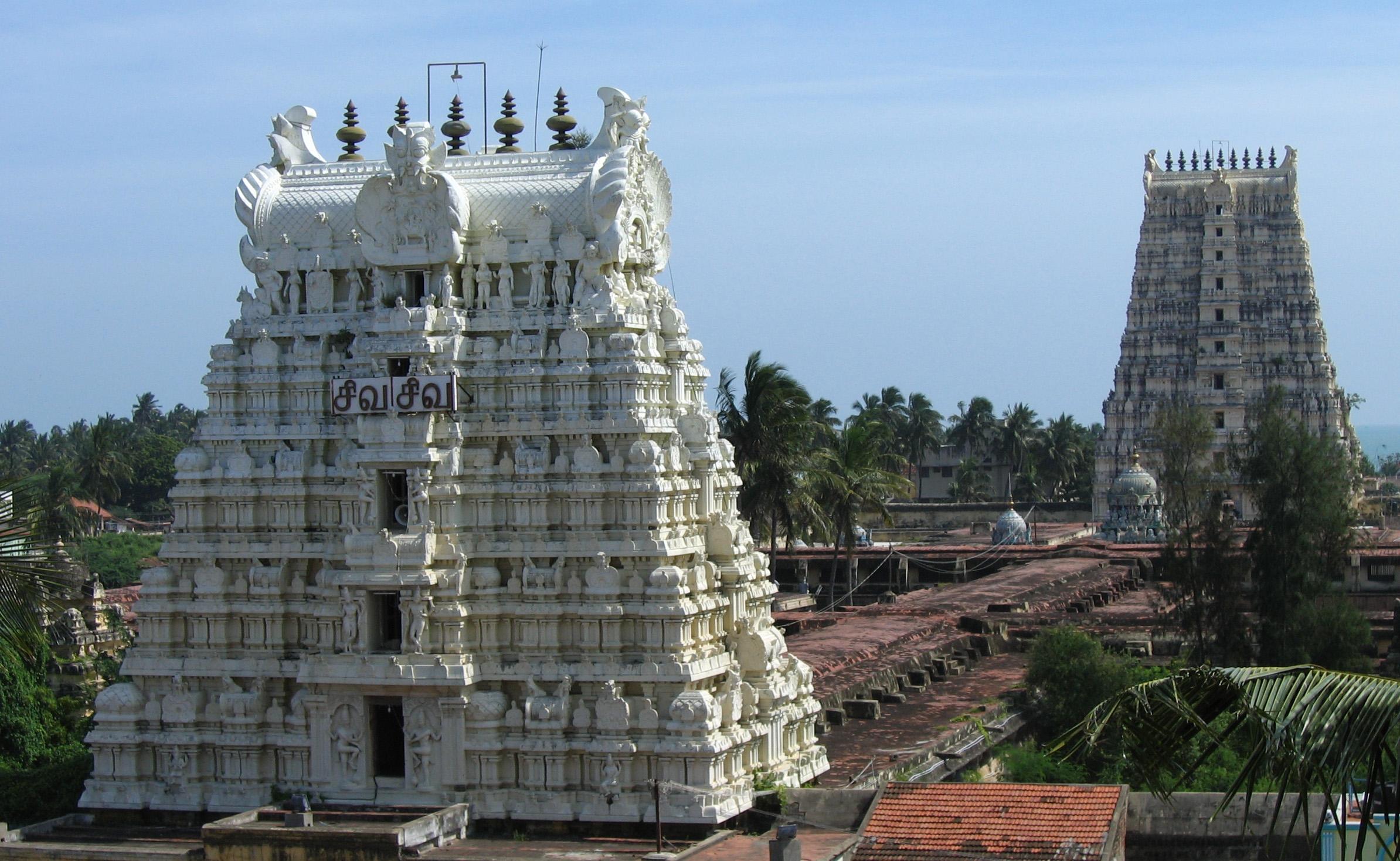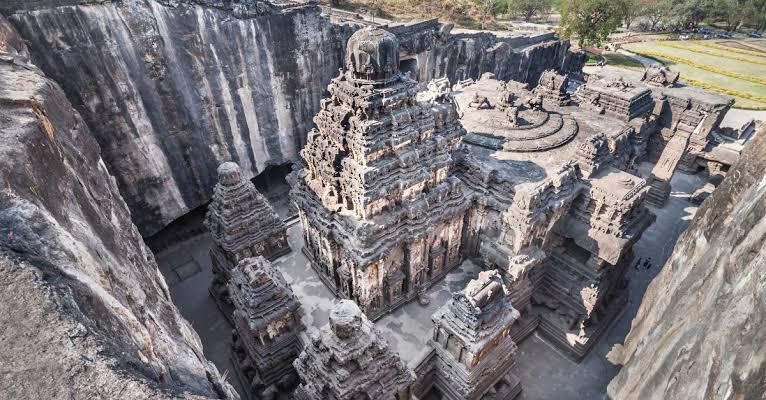Tagged: architecture, Hinduism, India, mandir, sanatan, Spirituality, Temple
- This topic has 1 reply, 2 voices, and was last updated by .
-
AuthorPosts
-
March 11, 2024 at 10:26 pm #1820Up::44
India, a land of diverse cultures and rich traditions, is home to some of the world’s most breathtaking temples. These architectural marvels not only showcase intricate craftsmanship but also temples of India embody a rich blend of architecture and spirituality, showcasing intricate designs, symbolism, and devotion. They often feature elaborate carvings, towering spires (shikhara), and sacred images, serving as focal points for worship and meditation. The architectural styles vary across regions, reflecting diverse cultural influences and historical periods. spiritual sanctuaries where devotees seek solace, enlightenment, and connection with the divine.

Rameshwaram temple is one of the most sacred temple for Hindus. it is a jyotirlinga and one of the Char Dhams. Lord Rama had worshipped Lord Shiva here due to which he was able to win the historical war of the Ramayana..
Spiritual Sanctuaries
Steal aside the fact that Hindu temples around India are very elaborate, for millions of faithful devotees, these temples are the sanctity of their spiritual beliefs. The temples act as the sanctified places from which devotees seek peace, express their prayers, and encounter God. Whether it is through hymns chants, the fragrance of incense, or the sight of flickering lamps, everything takes part to enhance the spiritual atmosphere.
The places of worship, also, form the main supports of the cultural and spiritual inheritance of people transmitted from one generation to the next. The temples represent that devotees create a social circle, belong to each other spiritually, and have an identity as a single group through the complex systems of rites, festivals, and ceremonies.
Architectural Marvels
Temples of India are well-known for their monumental architecture, there being fine intricate carvings, tall spires, and excellent craftsmanship. The most outstanding architectural feature is a shikhara or vertical tower that rises on the top of the temple sanctum. These shikhara may have different styles and sizes, the result of regional variations and specific epochs.

The Kailasa Temple in Ellora, have been built by hand in the 8th century AD. The temple is about 300 feet long and 175 feet wide. This is roughly 100 feet high. Unlike most other ancient rock buildings, though, the temple complex was constructed from top to bottom instead of bottom to top.. the work was done without the luxury of modern power tools. they only had a chisel and a hammer.
In Northern India, the domination of the Nagara architectural style is obvious, which is shown by high curvilinear towers decorated by statues of deities and celestial beings. A classic example of the style is the famous Kandariya Mahadeva Temple located in Khajuraho and the exceptional Jagannath Temple in Puri.
Moving to the south, the Dravidian style becomes predominant, with temples marked by high gopurams (gateway towers) decorated with bright statues portraying mythological theatricals. The Brihadeeswarar Temple in Thanjavur and the Meenakshi Amman Temple in Madurai are outstanding illustrations of this architectural style, recognized for their majesty and decorative elements.
A Tapestry of Diversity
The temple art and spirituality of India are as varied as its various altitudes and people. Ranging from lofty temples in Rajasthan to tranquil shrines set amid the Himalayas, each temple reflects the unique cultural heritage of its region.
Moreover, India’s temples do not just confine to one religious tradition, namely Hinduism, but they also embrace the whole of the diverse religions in India including Buddhism, Jainism, and Sikhism. every tradition has its unique styles of architecture and religious means involved which makes India’s religious backdrop more diversified.
In the temples of India, architecture, and spirituality intertwine to create a sacred space where devotees can experience a profound sense of connection with the divine. As we marvel at the intricate carvings, towering spires, and vibrant rituals, let us also reflect on the deeper significance of these temples in preserving India’s cultural and spiritual heritage. the temple is the most welcome place for both the holy pilgrim and explorer to understand the beauty and power of spirituality in one place.
- This topic was modified 1 year ago by .
- This topic was modified 1 year ago by .
- This topic was modified 1 year ago by .
- This topic was modified 1 year ago by .
- This topic was modified 1 year ago by .
Attachments:
You must be logged in to view attached files.July 18, 2025 at 3:27 pm #3017Up::0India’s temples are timeless masterpieces—where divine energy meets majestic architecture. Every pillar whispers a story of devotion, design, and dharma. Truly a spiritual and cultural treasure trove!
-
AuthorPosts
- You must be logged in to reply to this topic.